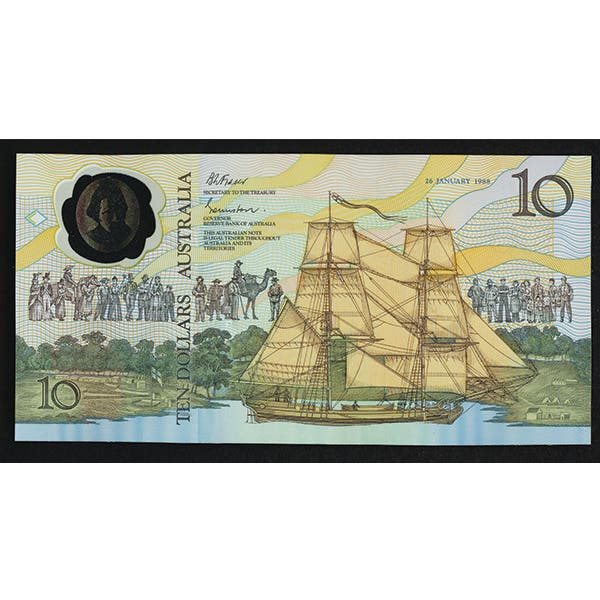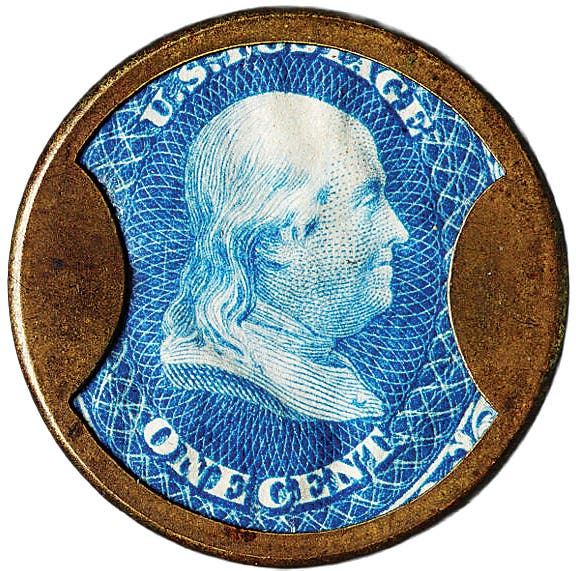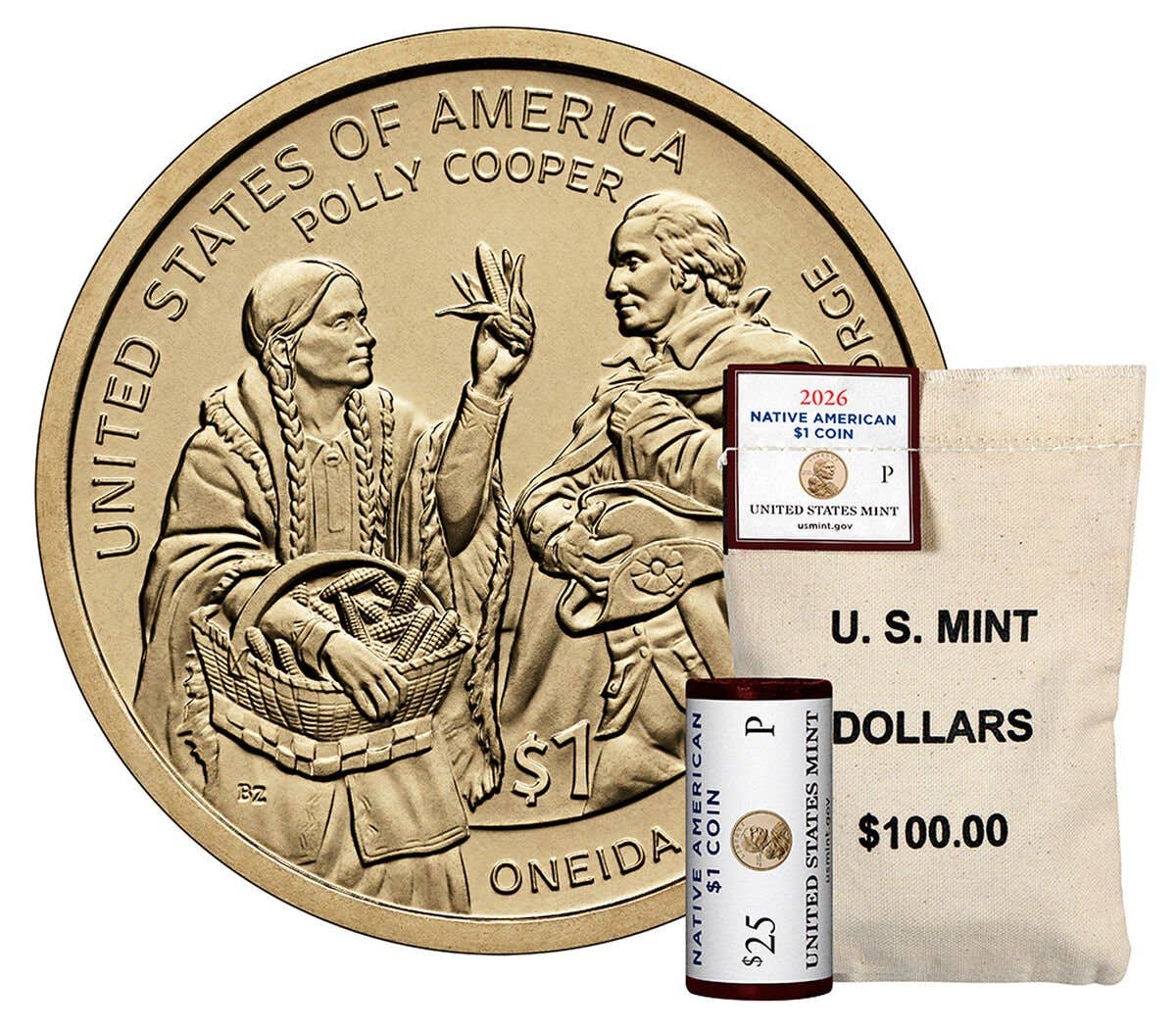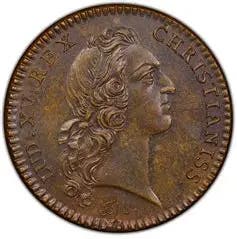Once again, I hope my readers are having a pleasant start to the year 2024. As I must write these articles at least a month in advance, I don’t know if this is a tough winter or a mild one. But I suppose we will see. This month, as has been the case in the past, a recent acquisition determined the location of our visit. So, let’s head to southern Kansas and check out the town of Kingman.
Kingman, Kansas, is the seat of Kingman County, located in the south-central part of the state, 44 miles west of Wichita via US Route 400 at the junction of State Highway 14. The current population is just over 3,100.
Kingman County, organized in 1874, was named after Chief Justice of the Kansas Supreme Court Samuel A. Kingman. In addition to the Supreme Court, Kingman held other important positions. He was a member of the Wyandotte Constitutional Convention, state librarian, and the first president of the Kansas Historical Society. Before Kingman County was established, this land was once part of the old Washington County, Peketon County, and later an enlarged Marion County. The city of Kingman was affirmed as the county seat in 1881.
The coming of the railroad to Kingman in 1884 and additional lines throughout the county, including the Santa Fe and Missouri Pacific railroads, brought many settlers to the area. The discovery of salt in 1887 and the building of evaporation plants in 1888 were major industrial developments. The discovery of oil in 1926 led to oil and natural gas becoming the county’s primary source of income. The town of Kingman is located on the South Fork Ninnescah River; Sherman was the name of the town that started at that site, and it was later changed to Kingman. The town was laid out in 1874 by J. H. Fical and his brother. The Sherman Hotel was built in 1874, and a store, a school, and some houses were also built in that time frame. Later, as the town prospered, the business area increased to several blocks.
Interestingly, Kingman had a commercial fascination with national banks, with no less than four opening in town between 1886 and 1909. Three of these, the Kingman National Bank (charter 3559), the Citizens National Bank (charter 3737), and the Farmers National Bank (charter 7412), all failed within a couple of years of opening; the Citizens National Bank lasted only one year. This left Kingman’s first bank, the First National Bank of Kingman, charter 3509, as the only viable bank in town, and this article will concentrate on it.
The First National Bank of Kingman, Kansas, opened for business in 1886. Although it survived the end of the national currency era, it elected to issue Large size notes only. It was not a large bank, with just $523,000 in circulation over an issuing life of nearly 50 years. The first officers were R.W. Hodgson, president, and David B. Cook, cashier. A mere $1,930 was outstanding in 1935. The bank issued Series of 1882 Brown Backs and all three types of Series of 1902 notes. Combining all four of Kingman’s banks, just eight notes total are known, making it one of the most difficult multi-bank towns in Kansas from which to obtain a note.
I was quite surprised then when recently a nice note from the First National Bank of Kingman turned up on eBay. I rarely get much in the way of good notes on that forum, as the few good ones that turn up are seen by everyone and bring good prices. Nonetheless, I was even more surprised when I won the Kingman note at a price considerably less than my last-second snipe bid. When I received it, it was a peach, with fresh, original paper and beautiful purple pen signatures.
Kingman today is a quintessential example of a successful small town. It is replete with period structures and filled with active businesses. There are no boarded-up or abandoned storefronts in the downtown area; in fact, it is a hub of restaurants and galleries.
The town is dominated by the Kingman County Courthouse, located at 130 Spruce Street, a historic 3-story redbrick courthouse building set on a ground-floor basement of rough-faced white limestone. The stairway and entrance portico leading to the main entrance are of the same limestone. Its roof is basically hipped with gables in the middle of each side, pyramids on each corner, and an octagonal-shaped cupola rising from the center. Built in 1907-08 for Kingman County, it is one of 15 courthouses (13 in Kansas and one each in Illinois and Oklahoma) designed by architect George P. Washburn of Ottawa, Kan. His design for this building has been called a mixture of Late Victorian, Romanesque, and Queen Anne architectural styles.
The downtown area is found along five blocks of Main Street, which, along with its cross streets, is red brick paved. It is dominated by the Kelsch & Kimmerle Block at the intersection of Main and A Streets. This historic structure was also the home of the First National Bank of Kingman, which operated from the ground floor corner section of the building. The upper floors housed offices on the second floor and a Masonic Hall on the third, while the Kelsch & Kimmerle Store occupied the rest of the ground floor space. The building was erected 1887-1888 in the Richardsonian Romanesque style. It was designed by the Wichita architects Proudfoot and Byrd and erected by Rayl Brothers. The estimated cost in 1887 was $30,000. I have included a postcard view of this building circa 1905 and a current view. The building is remarkably well-preserved and is a gem of period bank architecture.
At the other end of Main Street sits another of Kingman’s iconic structures, the old Kingman City Hall and Fire Department building. This twin-towered edifice was erected in 1888 and served over the years not only as a City Hall and firehouse but also as a school, library, and lodge hall. Other historic buildings in the town include the classic 1914 Carnegie Public Library, part of the original Carnegie Library Grant system. It is located at 455 North Main Street in town.
The Kingman area is easily accessible from Wichita and includes hunting lands, a lake state park, and numerous other attractions, including annual events like rodeos, spring and fall Arts & Crafts festivals, July 4th All-American Family Fest, Kingman County Fair, Kingman Fly-In, Trick-or-Treat Street, and the Annual Lighted Christmas Parade.
Readers may address questions or comments about this article or national bank notes in general to Mark Hotz directly by email at markbhotz@gmail.com.
You may also like:









